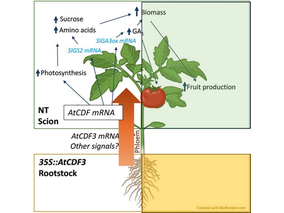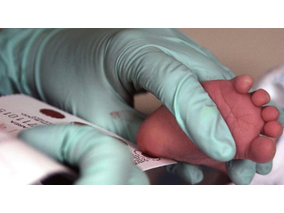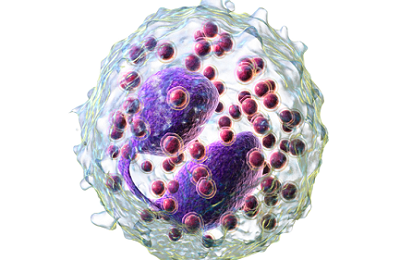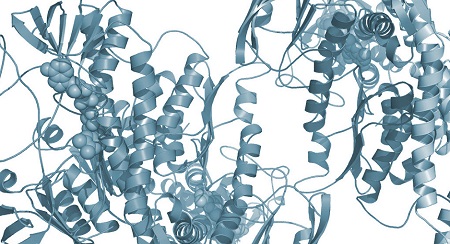Rhodopsin is the main photopigment in rods. Many mutations in the rhodopsin gene translate into a misfolded nonfunctional protein that is toxic, thus causing photoreceptor death and premature retinitis pigmentosa. Many research groups are looking for therapeutic approaches to treat this type of untreatable retinal dystrophy, for instance by CRISPR/Cas9 gene editing. Nonetheless, a group has just reported (Chen et al., Nature Comm 2018, doi: 10.1038/s41467-018-04261-1) a relatively simple and very eficient approach based on a small chaperone drug that binds to the mutated rhodopsin protein and helps it to adopt the correct conformation. This correctly folded protein is funcional and non-toxic. This low molecular weight drug crosses the blood-brain barrier and reaches the retina even by sistemic or intraperitoneal delivery with no apparent toxicity.
Assays in a retinal neurodegeneration mouse model showed that a single injection of this pharmacological chaperone, YC-001, protected photoreceptors from bright-light induced death and demonstrated the ample therapeutic potential of this compound in treating retinal degenerations.

The research team observed changes in head circumf...

AtCDF3 gene induced greater production of sugars a...

Un estudio con datos de los últimos 35 años, ind...

En nuestro post hablamos sobre este interesante tipo de célula del...

La revista ‘Nature Protocols’ selecciona esta técnica como “pro...
Biotechnology portal in Spain
Subscribe to our newsletter and stay up to date with the latest news and deals!
2013 © Biotech-Spain.com - Site Developments SL. All Rights Reserved. Terms of Service | Privacy Policy
Articles
Directory

